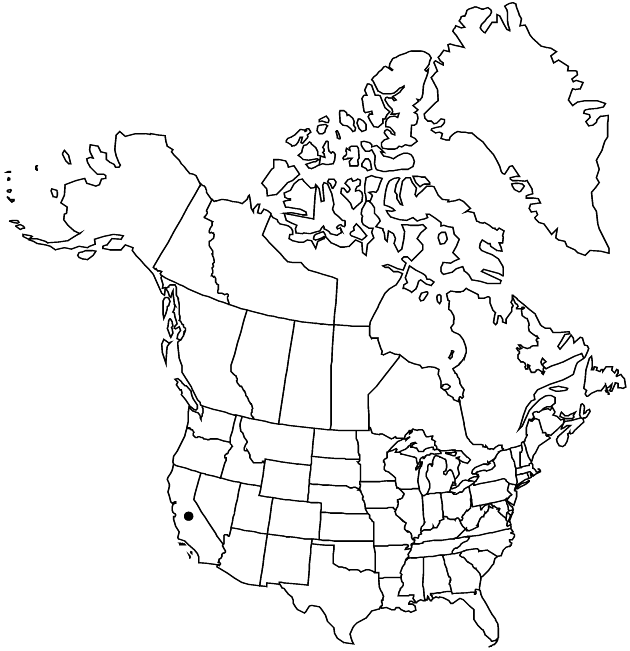Difference between revisions of "Heterotheca sessiliflora subsp. fastigiata"
Phytologia 73: 451. 1993.
FNA>Volume Importer |
imported>Volume Importer |
||
| (2 intermediate revisions by 2 users not shown) | |||
| Line 6: | Line 6: | ||
|place=73: 451. 1993 | |place=73: 451. 1993 | ||
|year=1993 | |year=1993 | ||
| + | }} | ||
| + | |special_status={{Treatment/ID/Special_status | ||
| + | |code=E | ||
| + | |label=Endemic | ||
}} | }} | ||
|basionyms={{Treatment/ID/Basionym | |basionyms={{Treatment/ID/Basionym | ||
| Line 63: | Line 67: | ||
|publication title=Phytologia | |publication title=Phytologia | ||
|publication year=1993 | |publication year=1993 | ||
| − | |special status= | + | |special status=Endemic |
| − | |source xml=https:// | + | |source xml=https://bitbucket.org/aafc-mbb/fna-data-curation/src/2e0870ddd59836b60bcf96646a41e87ea5a5943a/coarse_grained_fna_xml/V19-20-21/V20_525.xml |
|tribe=Asteraceae tribe Astereae | |tribe=Asteraceae tribe Astereae | ||
|genus=Heterotheca | |genus=Heterotheca | ||
Latest revision as of 20:03, 5 November 2020
Stems 1–20, ascending to erect, (24–)37–85(–108) cm, densely strigose, becoming moderately hispido-strigose and densely stipitate-glandular distally. Cauline leaves sessile, light green or silvery-whitish; proximal oblanceolate 12–38 × (3–)4.7–7(–8.5) mm, margins entire, undulate, faces moderately to densely hispido-strigose, very sparsely to moderately stipitate-glandular; distal lanceolate, 10–20 × 2–6 mm, reduced distally, stiff, bases rounded, margins usually strongly undulate, often more stipitate-glandular and less ciliate than faces, sparsely to extremely densely short-strigose, sparsely to densely glandular. Peduncle bracts 3–5, leaflike, greatly reduced, none enlarged and subtending heads. Involucres 7–10(–12) mm. Ray florets 4–14; laminae 3.5–5.9(–9) mm. Disc florets: corolla lobes sparsely pilose, hairs 0.25–0.6 mm. Cypsela faces sparsely strigose. 2n = 18.
Phenology: Flowering Jul–Oct(–Dec) (rarely spring).
Habitat: Arroyos, embankments, in oak scrub and pine forests, rarely adventive in desert arroyos below mountains
Elevation: (100–)300–1800(–2200) m
Discussion
Subspecies fastigiata is known from the San Gabriel, San Bernardino, and San Jacinto mountains, and from Mount Palomar. It is distinguished by its undulate leaf margins, heads not subtended by large peduncle bracts, and usually low number of ray florets. Two varieties have been recognized on the basis of the density of leaf hairs and glands. In var. fastigiata, the leaves appear silvery white because of the densely short-strigoso-canescent indument of tightly appressed, short hairs obscuring underlying glands; it occurs in the San Gabriel, San Bernardino, and Santa Monica mountains. In var. sanjacintensis, the leaves are sparsely to moderately hispido-strigose and are more densely stipitate-glandular, giving them a light green appearance; it is known from the San Jacinto Mountains and Mount Palomar, and is of conservation concern. Hybridization with subsp. echioides occurs at lower elevations throughout the range.
Selected References
None.
